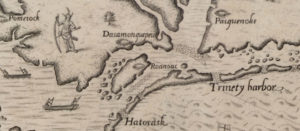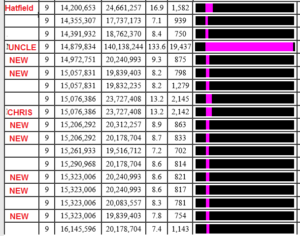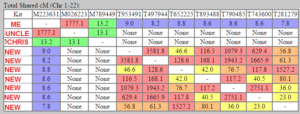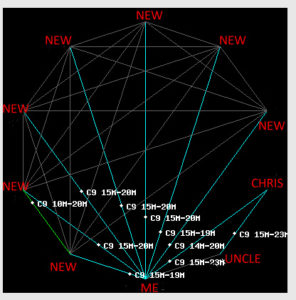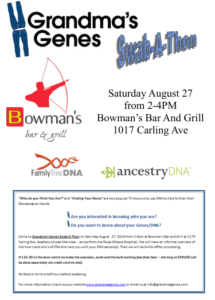It has been a crazy fun start to this year. Gearing up for RootsTech 2017 while doing Client work, including wrapping-up and finalizing a research report (did I include that bit I found 6 months ago?) and producing LiveCasts. It’s been more than crazy.
Grocery Shopping with a Descendant
My 21 year old descendant called last night wanting to know if I might run him over to a grocery store. The store is walking distance from his apartment, but he wanted to do a big shopping trip and wanted to have help with his trek, via Grandma’s Genes Fleet Vehicle #1, Bernadette the van.
Earlier this week I saw a cartoon with a diagram of how women shop – a continuous line down every Isle – and the way Men shop – one straight line to a point in the store and out again. I haven’t been grocery shopping with my 21 year old in years, so I had visions of the “in, get the item, and get out” version of Man Shopping on my mind.
Not even close.
First off he didn’t want to separate. We, together, made four trips through the produce section. One trip through the sandwich meat section and when we got to the main section of Isles? It was a free-for-all of bouncing back and forth through the isles in a MOST UN-organized way. I felt as if I was moving in slow motion to find my few items while this 21 year old man spun wheelies around me in a frenzy.
Did he find what he was looking for?
He did. Was it efficient? No. Did it get the job done? Yes. Did I get dizzy? Not exactly, but I had fun.
Client Wrap-up
In working to complete a Genetic Genealogy Research Project for a Client, I found myself doing what I always do, Looking back through and reviewing every bit of research I had done. Not terribly in-depth, but enough to make sure I hadn’t missed anything. Working meticulously, I went down the list, checking my report against the research, making sure I had said what needed to be said, checking citations and acknowledgements and rewriting sections of the Genetic Genealogy Research Project. I had started the report the day the client hired me and worked it as I worked the research.
The Rabbit Hole
While working on the “Suggestions For Further Research Section” I got lost. I started looking into the things I would look into if more research was requested by the client. How is Rochester, New York connected to the Client’s family? When did the Underground Railroad Begin? Was it prior to the 1840’s? It would need to be prior to the 1840’s for the clients ancestor to have traveled it. How did Slaves get to Port Hope, Ontario Prior to 1826? Could the family have a connection to Loyalist Slaves? Is there such a thing as a Loyalist Slave?
Funny how real life is mirrored in real life.
Today I realize what happened. I had jumped the rails and become my 21 year old son in the grocery store, popping wheelies with the cart…I stopped and pulled myself up and out of that rabbit hole/21 year old man grocery shopping trip.
LiveCasts and RootsTech 2017
Your Grandma has been producing and hosting (with a little help from fellow WikiTreer Julie Ricketts) LiveCasts for WikiTree. The LiveCasts are every Saturday afternoon at 3PM EST. During the LiveCast we are chatting with WikiTreers about projects and WikiTreeing and generally having fun. We also have a Chat going with questions popping up from people who are watching live. The finished Video’s are posted to Grandma’s Genes You Tube Channel
This week we have Aleš Trtnik dropping by to chat about WikiTree DataBase Errors and the Data Doctors Project. Visit the schedule of upcoming WIkiTree LiveCasts for more.
RootsTech 2017
Then there is the impending trip to RootsTech 2017. This is the largest Genealogical conference in the world. Everyone is there who can get there including all the heavy hitters in the Genealogical industry. The conference has a a slant towards the technical with an innovators summit and competition for the best and brightest new ideas.
This will be my third year at RootsTech. If you are there look for me. I will be one of the ones wearing orange and hanging out around the WikiTree booth.
RootsTech LiveCast – DNA
Yes Grandma’s Genes is combining the two! Our LiveCast featuring Kitty Smith and Peter Roberts and all things DNA will be live from RootsTech 2017. If you are at the Salt Palace, we will be live at 1:00 PM (3PM EST). We are hoping to be able to do the LiveCast at the WikiTree Booth, but if connectivity is an issue we might be somewhere else. If you swing by the Booth someone can direct you to where we are.
Free Hugs for anyone who finds me!

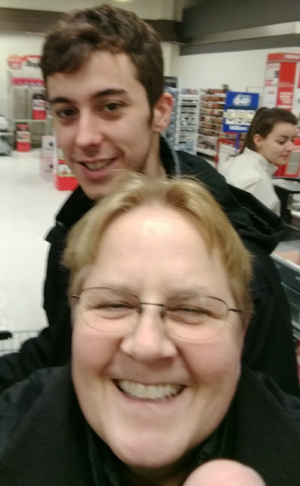
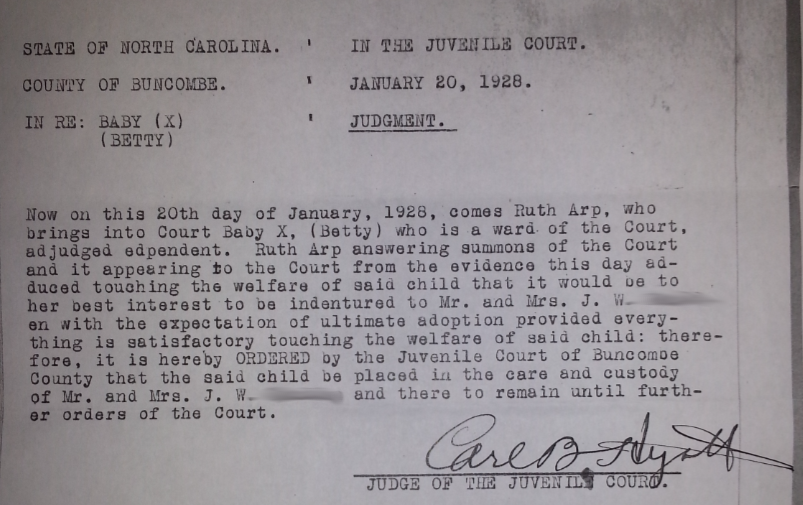
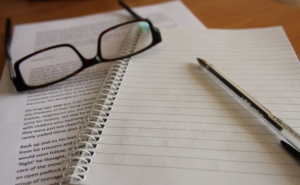 Subsequent communications from the adoption agency to Pat also gave more information on the birth mother and birth father. Like occupations, religion, height and ultimately what the cause of death was for her birth father – cancer.
Subsequent communications from the adoption agency to Pat also gave more information on the birth mother and birth father. Like occupations, religion, height and ultimately what the cause of death was for her birth father – cancer.

